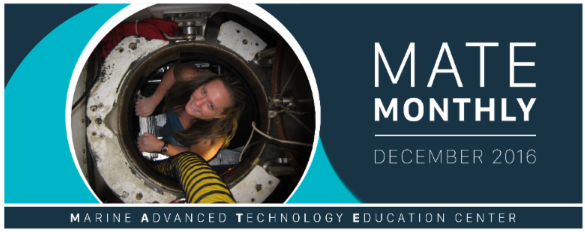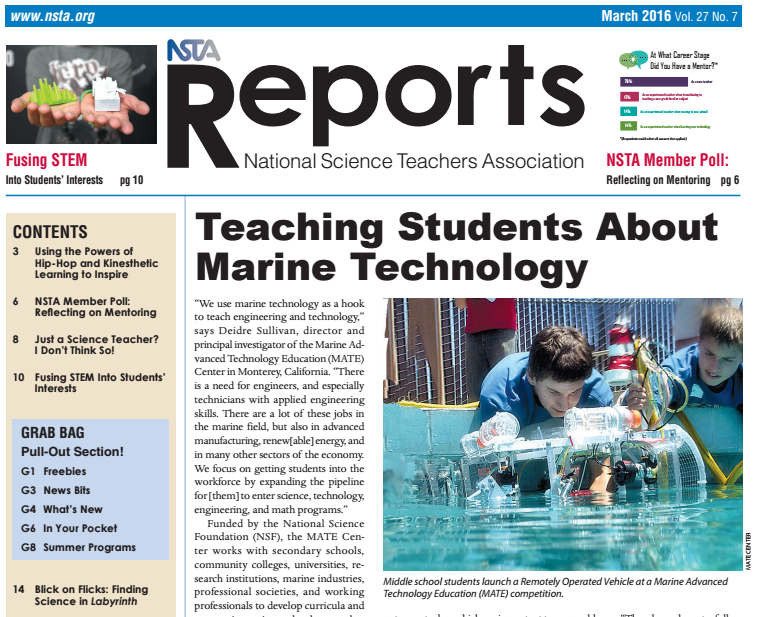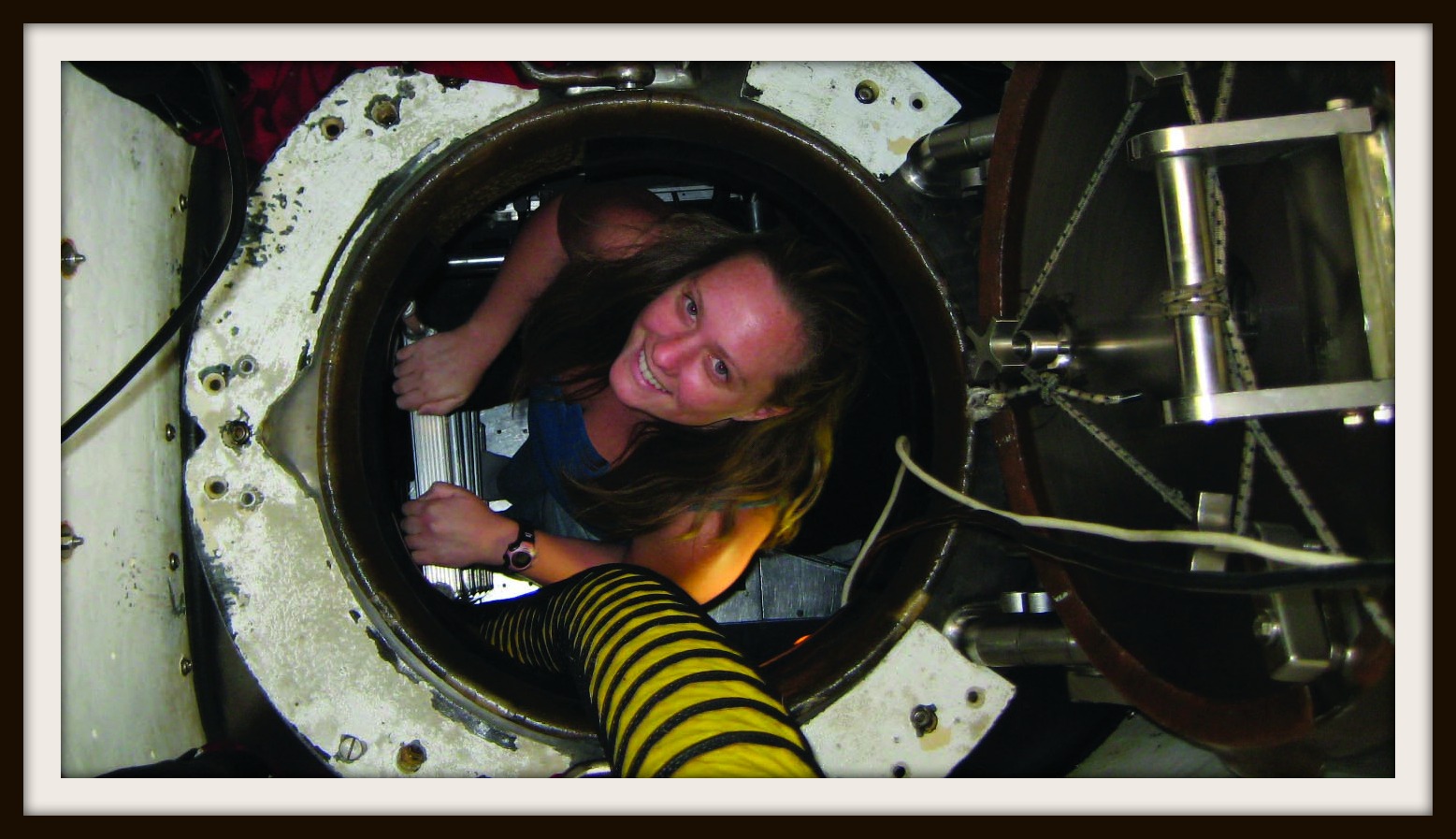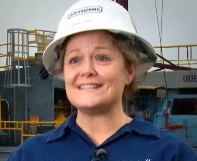The Marine Advanced Technology Education (MATE) Center was established with funding from the National Science Foundation in 1997. MATE’s mission is to use marine technology to inspire and challenge students to learn and creatively apply science, technology, engineering, and math (STEM) to solving real-world problems in a way that strengthens critical thinking, collaboration, entrepreneurship, and innovation. Read More
Students engaged in project-based learning have more stamina when they take tests. Read More
ROV Life Offshore Video
Starring MATE ROV Competition Judge Leah Hebert
World's first female offshore ROV supervisor








